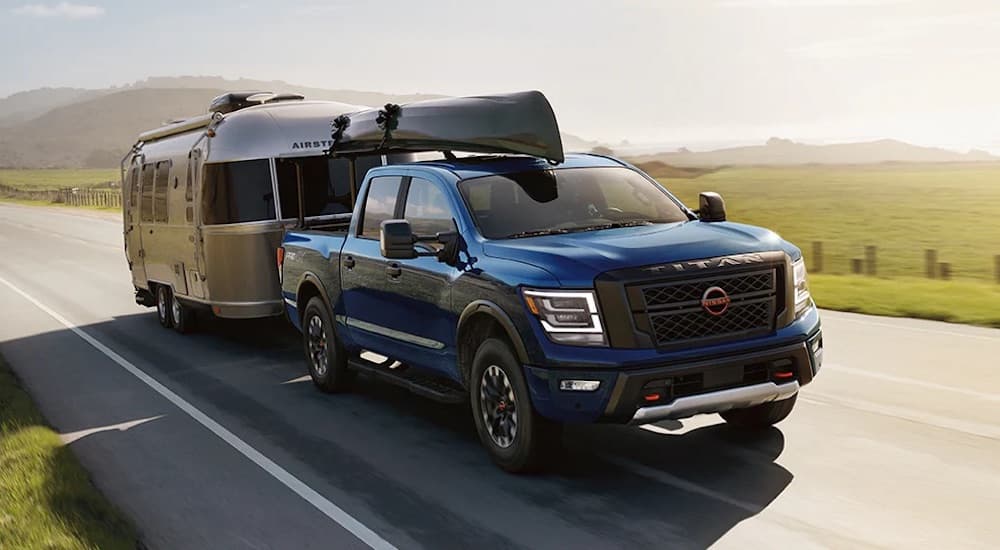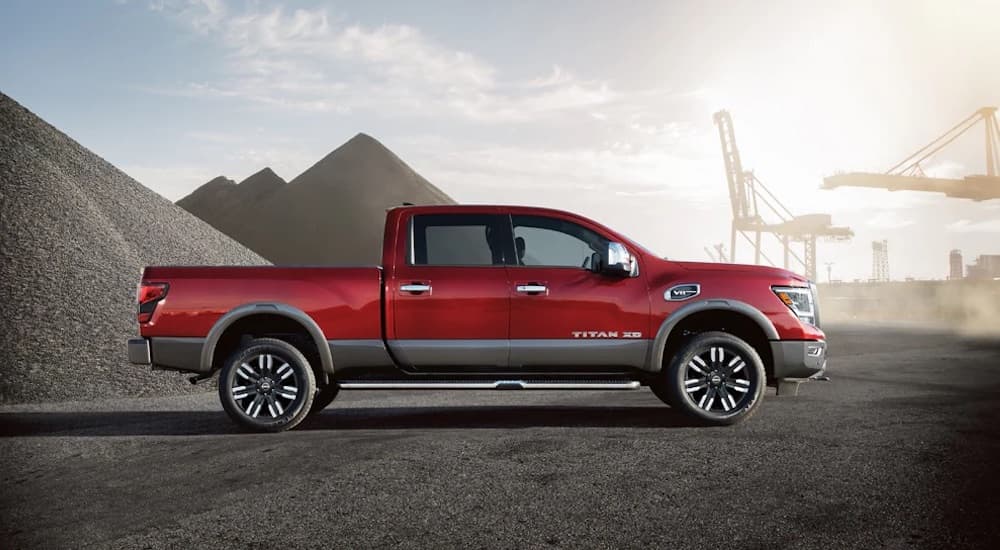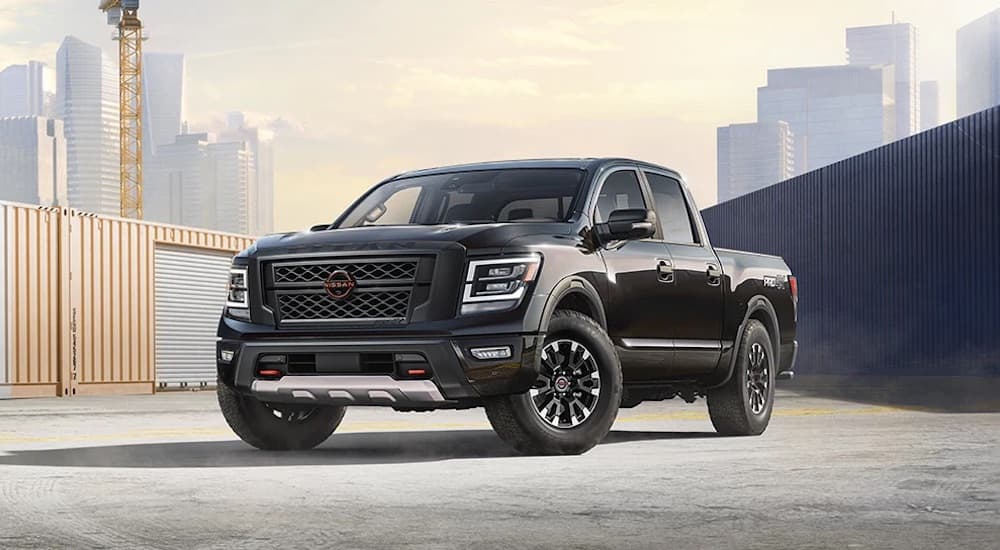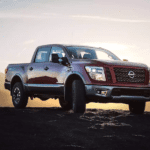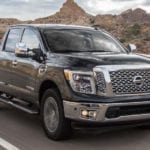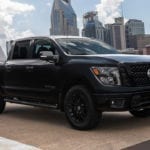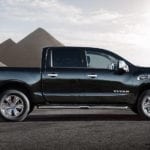Located just north of the state capital, Canton, Mississippi, is home to a historic shopping district, an iconic Georgian courthouse, and the Hickory Street juke joints that have contributed so much to the state’s rich blues music history—but the skyline’s most prominent feature would probably have to be a colossal white water tower emblazoned with the name “Nissan.”
The 4.7-million-square-foot Nissan Canton Vehicle Assembly Plant is the city’s largest employer, with a staff of more than 6,400. Over the last 20-plus years, Canton’s hard-working residents have produced more than five million vehicles, including Nissan’s Altima, Armada, and Frontier, as well as every Titan in the brand’s history. This full-size pickup has been Nissan’s most capable offering, especially when it comes to the heavy-duty 2024 Nissan Titan XD—but the Titan isn’t long for this world…
Facing stiff competition and plagued with low sales, Nissan has confirmed that Titan production will end in the summer of 2024. The Titan may never have been the best-selling or most powerful pickup on the market, but it did offer a well-rounded alternative to some of the segment’s stalwarts like the Ford F-150, Chevy Silverado 1500, and Ram 1500.
With the recent announcement of the Titan’s departure, we thought it would be a good time to look back at the rise and fall of this full-size truck and discover what’s on the horizon for Nissan’s lineup. We’ll also see how the Canton plant factors into Nissan’s forward-thinking Ambition 2030 gameplan because, while the Titan might be on its way out, Canton residents won’t be singing the blues anytime soon.
The Rise
Debuting in 2004, the Titan got off to a strong start. Employing Nissan’s F-Alpha platform—which it shared with the Armada SUV and Infiniti QX56—the full-size pickup was named a finalist for the “North American Truck of the Year” award in its first year on the market. Powered by a strapping 5.6-liter V8, the 317-hp Titan employed a fully boxed ladder frame that gave this truck unrivaled durability.
Available as either a rear- or four-wheel-drive model and boasting some innovative features like a built-in navigation system and a sonar-based rear warning system, the Titan might have missed out on “Truck of the Year” honors, but its trophy case was far from bare. The first-gen Titan landed a number of awards in the years after it first hit the market, including a “Most Wanted Large Truck” award from Edmunds and an “Ideal Vehicle” award from AutoPacific.
Initially, there was a lot of excitement around Nissan’s full-size model. The automaker moved almost 90,000 units in 2005—an encouraging start for a Japanese brand that didn’t have much of a presence in the segment. Priced at just $23,050 for the Titan King Cab model, the full-size pickup was notable for its affordability in a segment where—even in the early 2000s—entry-level trucks were retailing for closer to $30,000.
The Titan represented a real bargain, which drew in new buyers and saw the Titan get off to a strong start. The truck’s rugged PRO-4X was a popular choice amongst the off-road set, while Nissan’s first-of-its-kind spray-in bedliner made the Titan the perfect jobsite partner—but unfortunately, the Titan began to fall off after the initial wave of interest while sales declined to just 12,140 units by 2015.
The introduction of the full-size truck’s second generation in 2016 did renew some interest, with sales more than doubling to reach a 2017 total of 52,924. This bump can be largely credited to the second-gen Titan’s 390 hp, which represented a drastic improvement over the outgoing version’s 305-317 hp.
The reimagined Titan also saw the introduction of the new, larger XD version built on a heavy-duty frame and powered by an optional 5.0-liter Cummins Turbo-Diesel V8. If the Titan ever managed to carve out a niche in the full-size segment, the Cummins Turbo-Diesel would be it. Lauded for its powerful performance and 555 lb-ft of torque, the diesel-powered Titan held its own with a maximum towing rating of 12,640 lbs and a payload capacity of 2,420 lbs.
The Fall
So what’s behind Nissan’s decision to axe the Titan? It all comes down to competition. The full-size pickup segment is one of the industry’s most competitive and insular. While some overseas brands like Toyota have managed to carve out a notable presence with the full-size Tundra, American pickup drivers tend to prefer American-made (or at least American-branded) trucks.
The numbers don’t lie. In 2022, the Ford F-150—which is America’s best-selling truck and the best-selling vehicle in general—outsold the Tundra by an almost seven-to-one margin. The Titan has fared even worse, with Nissan selling just over 15,000 units in all of 2022. Compare this to more than 500,000 for the Chevy Silverado, 470,00 for Ram’s Ram, and 240,000 for the GMC Sierra, and it’s easy to see why Nissan has thrown in the towel in the full-size segment.
While the second-gen Titan with its optional Cummins Turbo-Diesel might have renewed interest in Nissan’s full-size offering, chronically low sales made this powertrain impractical from a financial point of view. Nissan discontinued its turbo-diesel when the Titan underwent a mid-cycle refresh in 2020, leaving the Titan XD with a 5.6-liter V8 and erasing the truck’s unique value proposition in the process. The gas-powered engine reduced the Titan XD’s maximum towing capacity to 11,680 lbs and put the truck at a marked disadvantage in a traditionally brawny segment.
The demise of the diesel wasn’t the only nail in the Titan’s coffin. The model also lacked much of the customizability that’s made the pickup segment such a cash cow for automakers, with fewer cab, bed, and powertrain options than many of its rivals. Limited availability also didn’t help things, will low sales leading Nissan to cut production and leave dealerships with thin inventories.
Brand recognition was another challenge for Nissan, which had struggled to make the inroads in the pickup segment. Toyota’s Tundra was able to trade on the brand’s reputation for reliability, but Nissan was always left on the outside looking in as drivers gravitated towards domestic options.
Finally, there’s the matter of timing. The Titan’s resume is notable for just how long Nissan waited between generations: the first-gen model was on the market for almost thirteen years before making way for the second-gen version, which is a lifetime in the ever-evolving pickup segment.
When the new Titan did finally arrive in 2016, it was too little, too late and the model simply never recovered. The second-generation Titan will have been on the market for nine years by the time its run comes to an end in the summer of 2024, which should have been a clear signal that the truck was never long for this world.
What’s Next?
Take heart, Nissan fans, because there is a silver lining to the Titan’s departure. While the gas-powered model might be getting the axe, Nissan’s Ambition 2030 program will see the Canton plant shift to the production of all-electric vehicles. Announced in early 2023, this plan aims to produce 23 electrified vehicles—including 15 EVs—by 2030. The Canton plant will be retooled to produce two of these all-electric vehicles, and while specifics are still difficult to come by, current market trends would indicate that an all-electric Nissan pickup can’t be too far off.
With the departure of the Titan, the midsize Frontier will be the only pickup in the Nissan lineup as of late 2024, but that could all change. There are rumors of a new, Frontier-based EV offering that could hit the market as soon as 2025, giving drivers a new, efficient option that would allow Nissan to reestablish itself in the pickup segment without having to directly compete with the established American brands that have long-dominated the full-size space.
Nissan has already given us a tantalizing peek into what such a model might look like when it showed off the Surf-Out concept in 2021. Designed with cargo space and off-road prowess in mind, the Surf-Out would be powered by Nissan’s electric-drive four-wheel-control system known as e-4ORCE.
That said, the Titan isn’t dead just yet. So, what does the final 2024 version have to offer?
This full-size pickup is still limited to a single 5.6-liter V8 engine tied to a nine-speed automatic transmission, and while a max towing capacity of 9,660 lbs might be a bit limiting for some drivers, the heavy-duty XD ups that number to a respectable 11,050 lbs. Both the Titan and Titan XD manage to produce a respectable 400 hp along with 413 lb-ft of torque, which should give drivers plenty of power for everyday applications.
Nissan has also treated the Titan to a modest makeover as it heads down the old dusty trail, with revised front-end styling that includes new LED headlights. An SV Bronze Edition package lends the truck some metallic bronze accents to a set of 20-inch wheels, as well as a black grille, center bumper, and a bed-mounted sport bar. Nissan has also dropped the base S trim, making the $47,665 SV the Titan’s most affordable iteration.
Recent changes aside, the Titan’s biggest selling point would still have to be its generous warranty. With coverage that includes five years or 100,000 miles, the Titan provides the kind of peace of mind that’s hard to put a price on. Full-size pickups are exposed to a lot of wear and tear in the course of their hardworking service life, making such a comprehensive warranty worth its weight in gold. Still, this best-in-class warranty was never enough to make the Titan a serious contender in a segment dominated by long-running, American-made alternatives.
The Titan’s story might be coming to an end, but there’s a lot to learn from the pickup’s two-plus decades on the market. The full-size model proved that, while Nissan does know a thing or two about designing a work-ready truck, it’s hard to find success in the ultra-competitive segment if you’re not offering some sort of unique advantage over existing offerings. Hopefully, the demise of the Titan will allow Nissan to focus on the EV pickup segment, which has shown great promise as of late.
Given the automaker’s Ambition 2030 plan, we’d predict that an all-electric Nissan pickup can’t be too far off, which is good news for any driver looking for the ideal combination of efficiency, power, and cargo capacity. Larger trucks might have never been in Nissan’s wheelhouse, but if the company can apply the lessons from its full-size foray to future models, we predict big things for this Japanese brand.
